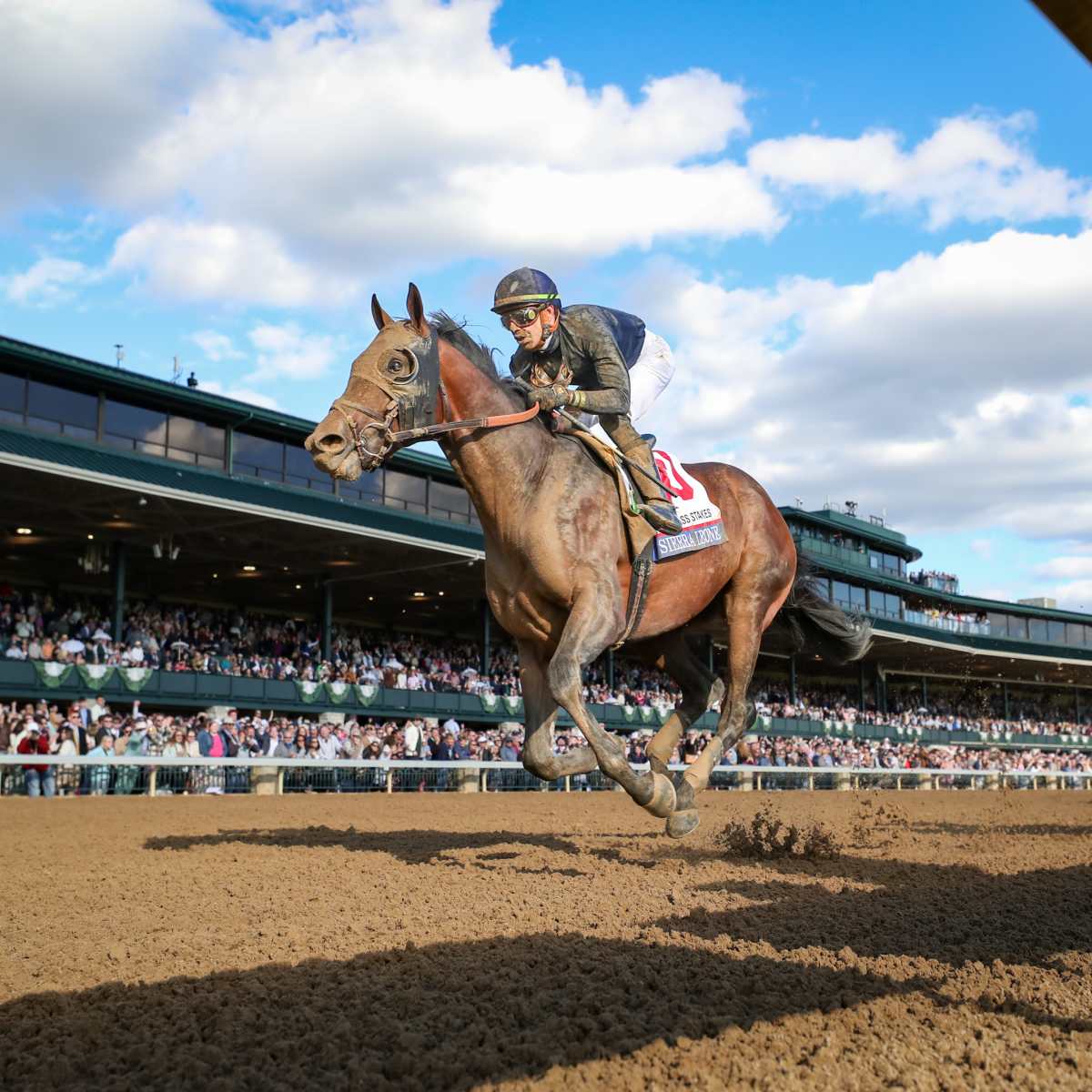The atmosphere within the Silver Arrows team was buoyant upon their arrival in Melbourne, with hopes of making significant progress. Lewis Hamilton stood by the W15, describing it as remarkable and refuting claims that it posed significant challenges.
However, these positive sentiments followed complaints from drivers about the team’s performance in the initial races of the season. Despite a promising start in free practice sessions, Mercedes experienced setbacks during qualifying and the race.
Mercedes motorsport boss Wolff expressed disappointment over the team’s performance in Melbourne, particularly highlighting a challenging Friday session where their drivers’ standings dropped significantly between FP1 and FP2. He attributed this decline to drastic setup changes implemented between the two sessions, which had adverse effects.
Wolff acknowledged the frustration within the team, admitting that they had yet to find the breakthrough needed to enhance their performance. Despite this, he remained confident in Mercedes’ capabilities, emphasizing their determination to overcome obstacles and regain competitiveness.
Andrew Shovlin, Mercedes’ trackside engineering director, reflected on the mixed results of the Friday sessions. While improvements were made to address issues related to high-speed cornering and bouncing, particularly after the challenges faced in Saudi Arabia, the team encountered difficulties during FP2.
Shovlin noted that Lewis Hamilton felt the changes made during FP2 were not beneficial, contributing to their struggles during the session. Additionally, George Russell encountered challenges due to windy conditions, which impacted the car’s performance.
Overall, Shovlin acknowledged that there was room for improvement, emphasizing the need for the team to work diligently to enhance the car’s performance ahead of future sessions.





